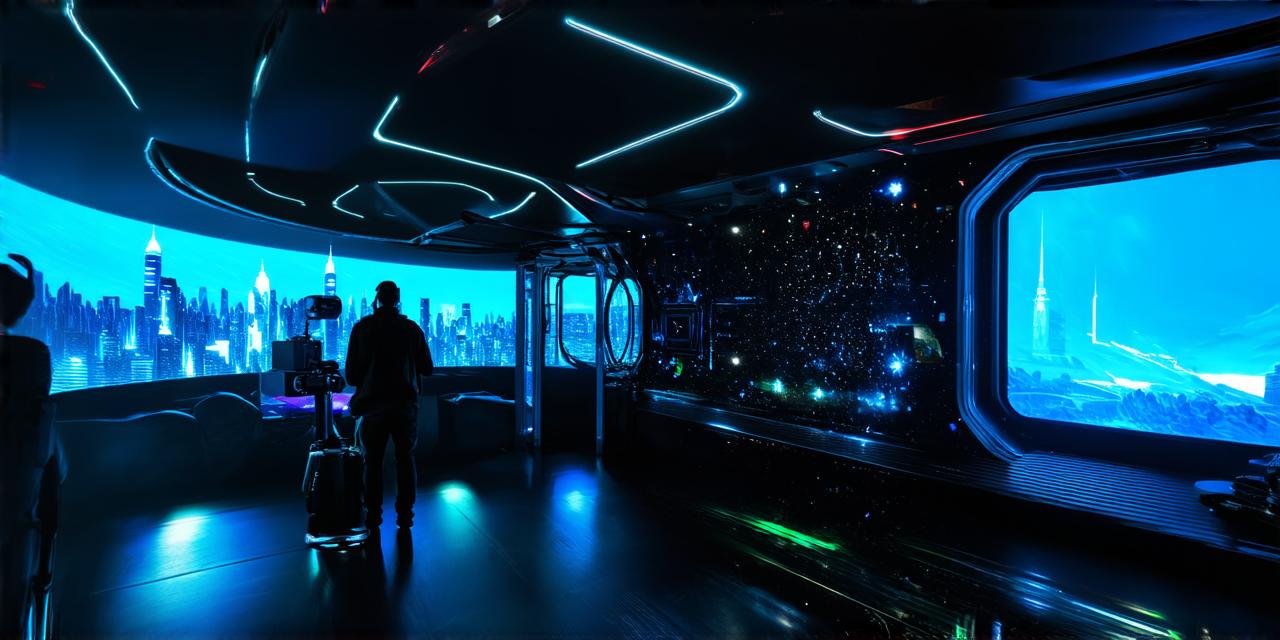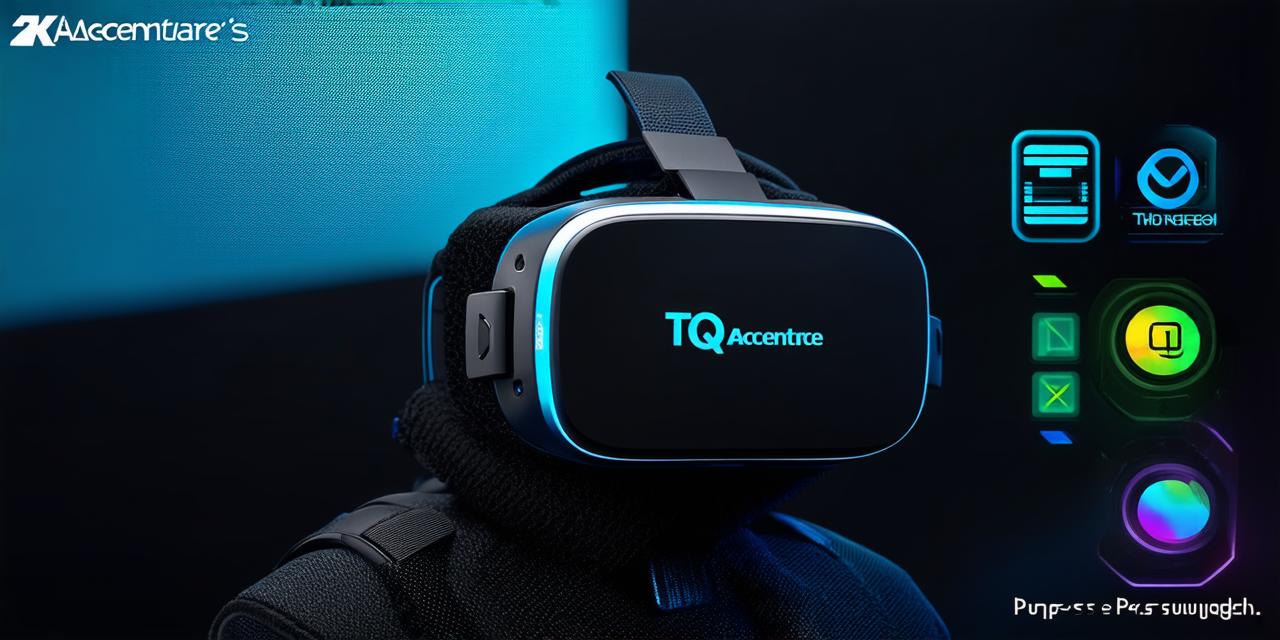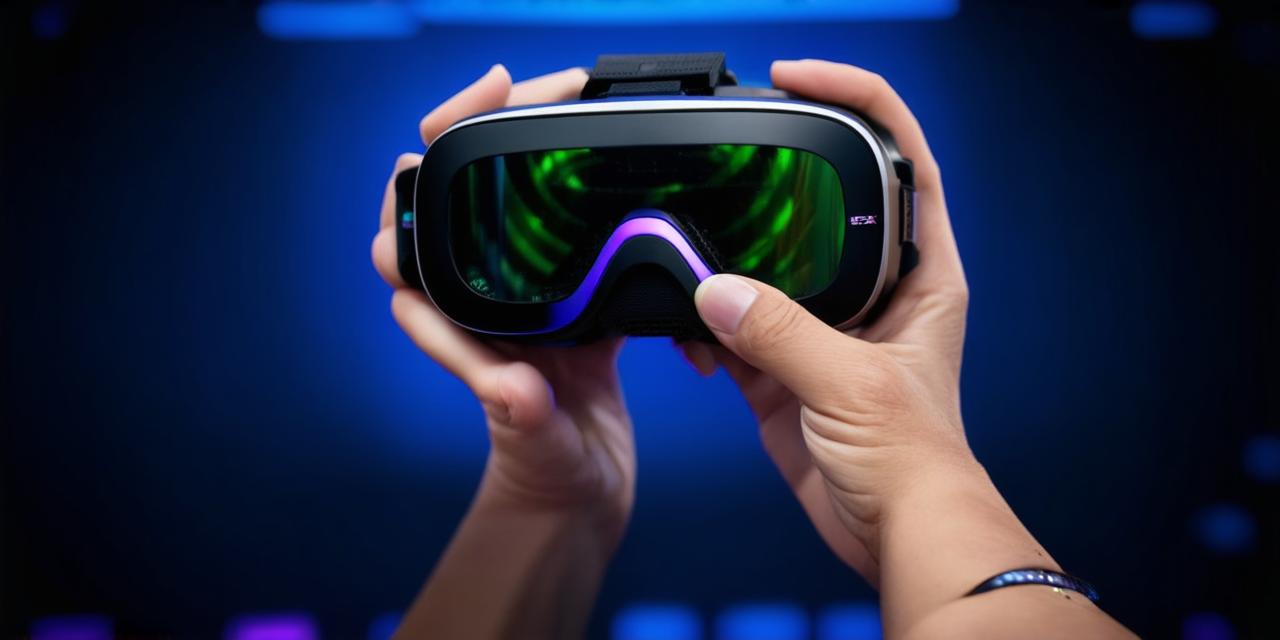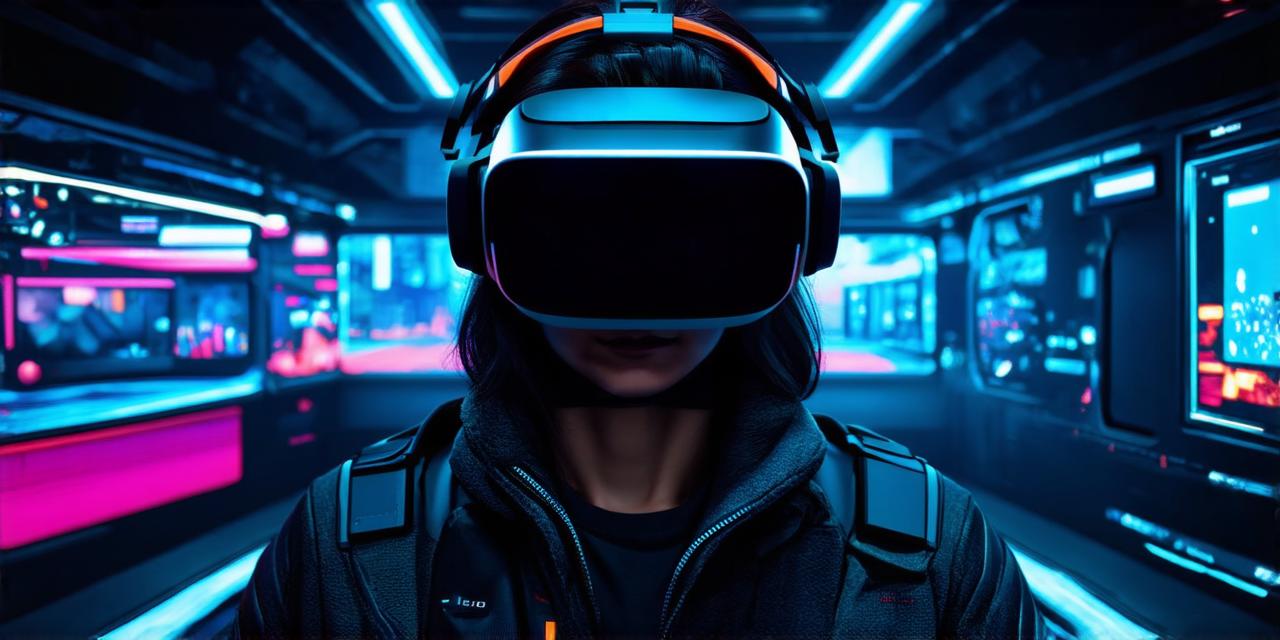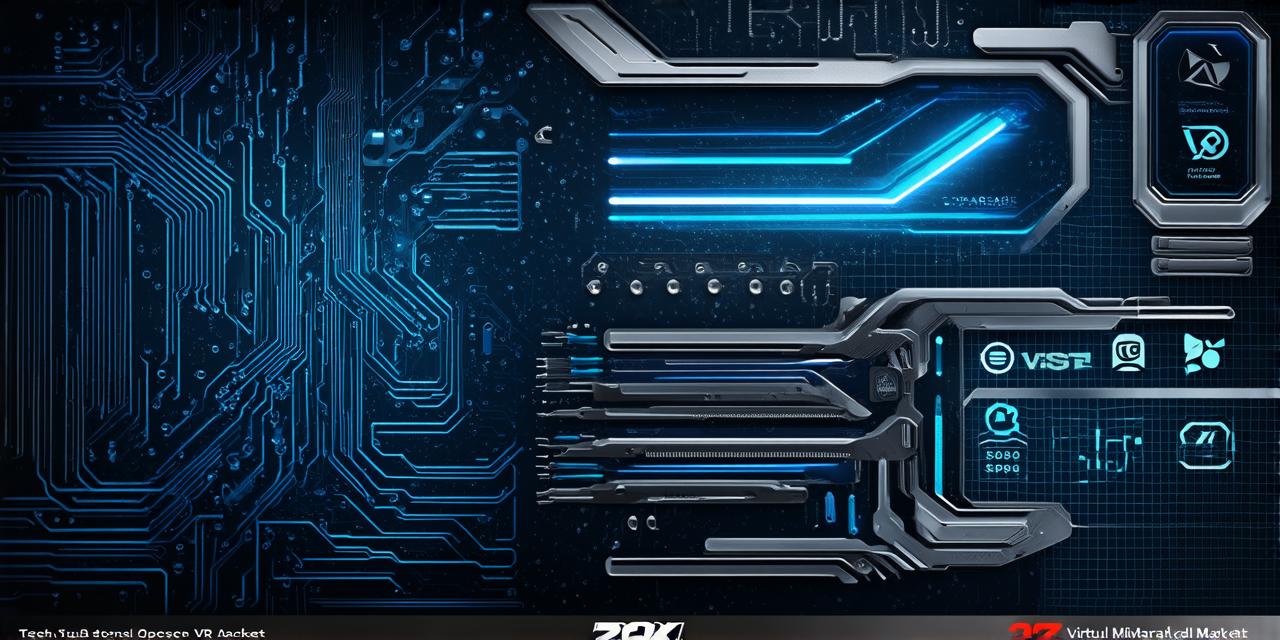Virtual Reality (VR) tours have become increasingly popular in recent years, offering an immersive and interactive experience for users. With the rise of Augmented Reality (AR) technology, creating VR tours is now more accessible than ever. In this article, we will explore how to develop virtual reality tours, including tips on optimizing your content and ensuring a seamless user experience.
1. Define Your Goals and Audience
Before diving into the development process, it’s important to define your goals and audience for the VR tour. This will help you create a targeted and effective experience that resonates with your users. Consider what you want to achieve with the tour, such as providing information, entertainment, or training. Additionally, think about who your target audience is and what their interests are. For example, if you’re creating a VR tour for a museum, your audience may be history buffs or art enthusiasts.
2. Choose Your Platform and Tools
There are several platforms and tools available for creating VR tours, including Unity, Unreal Engine, A-Frame, and more. Each platform has its own strengths and weaknesses, so it’s important to choose the one that best suits your needs and skill level. Additionally, consider using 3D modeling software like Blender or Maya to create high-quality assets for your tour.
3. Plan Your Content and Narrative
Once you have defined your goals and audience, and chosen your platform and tools, it’s time to plan your content and narrative. This includes deciding on the order of scenes, creating storyboards, and scripting dialogue or narration. It’s important to keep in mind that VR users can become disoriented if there is too much information presented at once, so try to break down complex topics into smaller, more manageable chunks.
4. Create 3D Assets and Scenes
Using your chosen platform and tools, begin creating 3D assets and scenes for your VR tour. This includes modeling environments, characters, and objects that will be visible in the virtual world. It’s important to pay attention to details like lighting, textures, and sound effects to create a fully immersive experience. Additionally, consider incorporating interactive elements like buttons or levers that allow users to control their movement within the VR environment.
5. Optimize for Performance and Accessibility
When developing your VR tour, it’s important to optimize it for performance and accessibility. This includes minimizing load times, reducing motion sickness, and ensuring that the experience is accessible to as many people as possible. Consider using techniques like texture compression or level of detail (LOD) to improve performance, and incorporate features like hand tracking or haptic feedback to reduce motion sickness. Additionally, ensure that your VR tour is compatible with a range of devices and platforms.
6. Test and Iterate
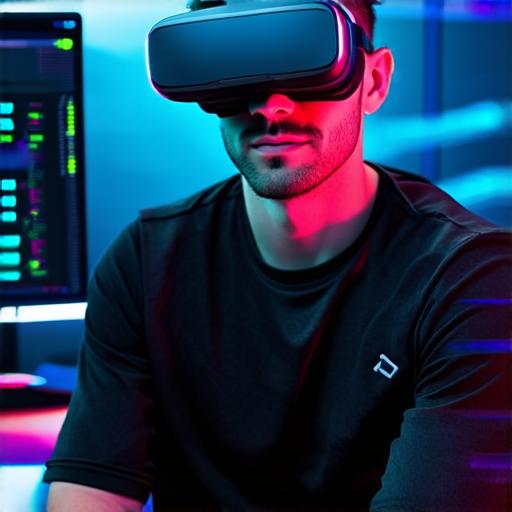
Once you have completed the development process, it’s important to test and iterate on your VR tour. This includes getting feedback from users, making adjustments to content and narrative, and optimizing for performance and accessibility. It’s a continuous process, so be prepared to make changes and improvements as needed.
7. Launch and Promote Your VR Tour
When you’re ready to launch your VR tour, promote it through social media, advertising, and other channels to reach your target audience. Consider partnering with influencers or organizations in related fields to help spread the word about your experience. Additionally, consider offering incentives like discounts or special offers to encourage users to try out your VR tour.
8. Monitor and Analyze User Feedback
Finally, it’s important to monitor and analyze user feedback on your VR tour. This includes tracking usage metrics, getting feedback from users through surveys or reviews, and making adjustments based on this feedback. By monitoring and analyzing user feedback, you can continuously improve your VR tour and ensure that it meets the needs and expectations of your target audience.
Case Study: Creating a Virtual Reality Tour for a Museum
The British Museum in London is one example of an organization that has successfully created a VR tour to showcase its collections. The museum’s VR tour takes users on a journey through its exhibits, allowing them to explore ancient civilizations and artifacts up close. The tour was developed using A-Frame, a web-based platform for creating VR experiences.
To create the tour, the museum worked with a team of AR developers and 3D artists to model environments, characters, and objects from its collections. They also incorporated interactive elements like buttons and levers that allow users to control their movement within the virtual world. Additionally, the museum optimized the tour for performance by using texture compression and minimizing load times.
The museum promoted the VR tour through social media, advertising, and partnerships with influencers and organizations in related fields. The tour has been well-received by users, with many praising the immersive and interactive experience. The museum has also used user feedback to make adjustments and improvements to the tour over time.
Expert Opinion: Dr. Sarah Hartley, Director of Digital at The British Museum
“Creating a VR tour for our museum was an exciting opportunity to showcase our collections in a new and immersive way. Working with AR developers and 3D artists allowed us to create a high-quality experience that truly transports users into our exhibits. We’ve been thrilled with the positive feedback from users and look forward to continuing to improve and expand our VR tour in the future.”
In conclusion, creating virtual reality tours is an exciting opportunity for AR developers to showcase their creativity and expertise. By defining your goals and audience, choosing the right platform and tools, planning your content and narrative, creating 3D assets and scenes, optimizing for performance and accessibility, testing and iterating, launching and promoting your VR tour, and monitoring and analyzing user feedback, you can create an engaging and immersive experience that resonates with your target audience. With the rise of AR technology and the growing popularity of VR tours, there has never been a better time to explore this exciting field.
